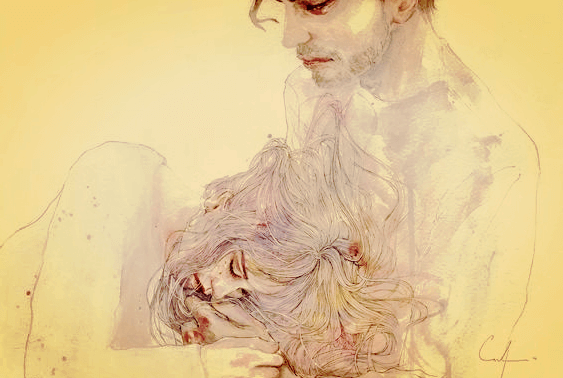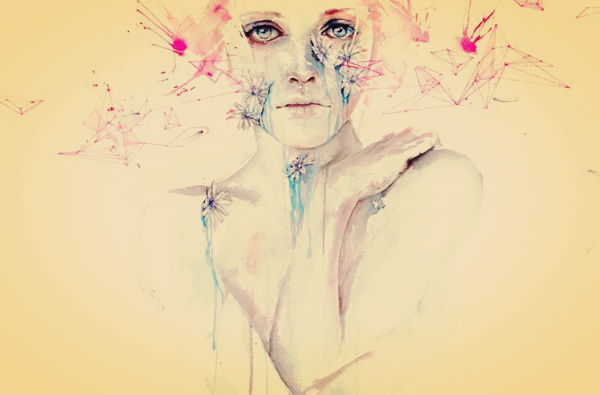The Truth Is I Didn't Stop Loving You, I Stopped Pushing

Written and verified by the psychologist Valeria Sabater
Sometimes the thing that runs out isn’t love, it’s patience. Yes, it’s the desire to keep adding wood to the cold ashes. The blank looks, the embraces that don’t touch us. In the end we get tired of pushing, our energy dissipates and our hopes go up like smoke. Then all that’s left are the embers of our dignity. We pick it up piece by piece, too aware of the fact that it’s not our home anymore.
It’s strange how some people, when they see a professional to help them get through the painful part of a breakup, have no problem saying, “help me stop loving my ex, help me forget them.” A lot of therapists would probably love to be able to hand out that prescription. That imaginary amazing drug they could use to erase every trace of that painful love, that sad memory clouding up our days and making our nights long.

The Two Types of Pain in Emotional Breakups
There are people who have no problem doing it over and over again: pushing to get a little more attention, pushing for thoughts, decisions, fears, joys, and secrets to be shared. Pushing for the time they’ve spent together to taste like happiness and not doubt. To taste like true desire and not coldness, excuses, or avoiding eye contact.
In fact, we’ve all been this person that pushes at some point in our lives.
The point when you finally understand it’s better to stop pushing is when the first pain comes. It’s the start of a painful reality that forces us to open our eyes to what’s in front of us. However, it also forces us through a process.
All of it is essential for clarifying what this relationship really is and finally ending it before it turns into a plague of pointless suffering.
The stages of this first pain are:
- Weakening or numbing of feelings: this refers to those situations where we never end up understanding the reason for certain reactions, the distance, the emotional coldness of our partner, or the reason for their lies.
- Longing: in this second phase it’s common for someone to keep pushing. What usually comes with that are the typical distortions or self-deceptions: “if they’re doing this it’s because they’re stressed right now.” “They’re busy, tired…” “If I were a little bit more caring they might love me more, might pay more attention to me.”
- Acceptance is the last phase of this first pain. It’s the essential moment when the person stops pushing against what’s right in front of them. Feeding hope is nothing but an obstacle, we always know it. Because it’s a way of poisoning ourselves slowly without any purpose or logic. We can’t avoid it, we just have to distance ourselves.
This is when an even more complicated phase will start: the second pain.

I Stopped Pushing and got Some Distance, But I Still Love You: the Second Pain
When we give that last, definitive goodbye and get some distance, we make way for the second pain. When it comes to something that is irreparable, hurts, and kills our self-esteem, the smartest choice is distance. We’re sure of that. But what’s never possible is distance without forgetting.

It’s also an ideal moment to “push” ourselves. Although it’s hard at the beginning, now is our turn to be stubborn. Now is the time to fill ourselves with hope, and feed ourselves new excitement. This second pain demands that we push and fight for ourselves, balancing our memories and anxieties. Finding that perfect wavelength where nostalgia and dignity harmonize so that we can move forward with our heads held high.
This text is provided for informational purposes only and does not replace consultation with a professional. If in doubt, consult your specialist.








